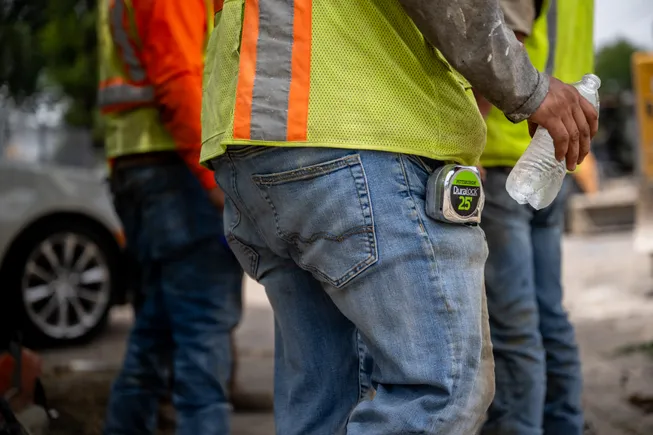Dive Brief:
- The Occupational Safety and Health Administration will accept public comments through Dec. 30 on its proposed rule issuing a heat injury and illness prevention standard for both outdoor and indoor workplaces, according to a Thursday filing in The Federal Register.
- OSHA had previously announced its proposed rule last month and informed stakeholders that publication in the Federal Register was forthcoming. The rule would require employers to develop a heat injury and illness prevention plan as well as provide water, rest breaks and control of indoor heat when necessary. Other requirements include developing plans for workers unaccustomed to working in high heat.
- Additionally, the rule would apply to all employers conducting outdoor and indoor work in all general industry, construction, maritime and agriculture sectors where OSHA has jurisdiction except for those specified by the rule.
Dive Insight:
At over 1,000 pages long, OSHA’s proposed rule contains a variety of measures for employers to implement depending on the kind of workplace in which they operate. Globally, an estimated 18,970 work-related deaths are attributable to extreme heat every year, and an estimated 2.4 billion workers are likely to be exposed to such heat during their work, according to an April report by the International Labour Organization.
For example, the rule would require those with indoor workplaces without air conditioning to use controls to cool the work area to reduce worker exposure to ambient heat, while providing a break area that is air conditioned or has alternative means of providing air movement and humidity control.
Employers with outdoor workplaces, meanwhile, would be required to provide a break area with shade or air conditioning. The agency said it acknowledges that providing stationary shading may be difficult in cases where workers are highly mobile, but it noted that some employers have implemented controls such as canopies, umbrellas and portable shades — while conceding that others felt these kinds of measures were “infeasible for their workplace.”
Exemptions to the rule include a provision excluding work activities that involve short duration exposures at or above an initial heat trigger — the point above which the vast majority of known occupational heat-related fatalities occur — of 15 minutes or less in any 60-minute period. “OSHA has preliminarily concluded that intermittent exposures within this duration are not likely to significantly raise core body temperature and result in heat-related injuries and illnesses,” it said.
The National Safety Council issued a statement last month supporting OSHA’s proposal, stating that it “ensures all workers remain free from the hazards associated with working in extreme heat conditions.”
However, congressional lawmakers questioned some aspects of the agency’s rulemaking during a July 24 hearing of the House Workforce Protections Subcommittee. Specific criticisms focused on the differences in climate across different regions of the U.S. as well as the effect of the rule’s requirements on certain job types, like firefighters.
OSHA said its economic feasibility analysis showed that the rule would result in an average cost of less than 1% of revenues for most of the 298 industries studied, save for five in the agriculture, in-person healthcare or social assistance services industries. Overall, the agency estimated that the net cost of heat illness protections would be less than 0.5% of revenues in an industry and geographic region that would be most significantly affected by the proposed rule.

